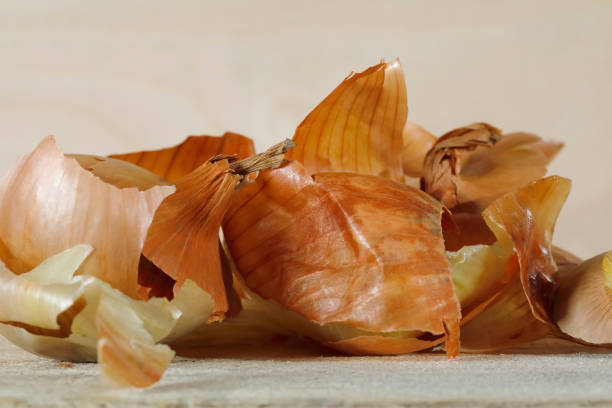
Hello, dear friends! Today, I want to share with you a little secret that’s been overlooked for far too long. It’s about something we often find in our kitchens and just as often toss away without a second thought – the humble onion skin. Yes, you read that right. The outer layer of an onion, which we usually discard as waste, is actually a treasure trove of benefits waiting to be discovered. So, before you think of throwing away those papery skins, let’s uncover why you might want to hold onto them.
A Bounty of Benefits
Onion skins are rich in antioxidants, particularly quercetin, which is known for its anti-inflammatory and antihistamine effects. This means that incorporating onion skins into your diet could help in fighting off free radicals, reducing inflammation, and potentially lowering blood pressure. But how can you use them, you ask? It’s simpler than you might think.
Crafting a Flavorful and Nutritious Broth
One of the easiest and most beneficial ways to use onion skins is by making a nutrient-rich broth. Here’s a quick guide:
-
Save Those Skins: Start by collecting the outer skins of onions. You can store them in a freezer bag until you have enough for a batch of broth.
-
Make the Broth: Add the onion skins to a large pot filled with water. Throw in some garlic, carrots, and celery for an extra flavor boost. Let this concoction simmer for an hour or so, and what you get is a beautiful, golden broth.
-
Strain and Serve: Once your broth has taken on a lovely color and the aroma fills your kitchen, strain out the solids. What remains is a delicious broth that can be used as a base for soups, stews, or even enjoyed on its own.
Not Just for Cooking
Beyond the kitchen, onion skins have practical uses too. They can be used as a natural dye for fabrics or Easter eggs, offering a beautiful range of colors from pale yellow to deep orange, depending on the duration of the dyeing process.
A Step Towards Sustainability
Embracing the use of onion skins not only adds a nutritional punch to your meals but also aligns with a more sustainable and waste-reducing lifestyle. By finding value in what was once considered waste, we’re taking small but meaningful steps towards a healthier planet and ourselves.
So, next time you’re about to toss those onion skins into the bin, remember the unexpected value they hold. Whether it’s enhancing your meals with a nutrient-rich broth or exploring their use in natural dyeing, onion skins are a testament to the adage that sometimes, the most unassuming things can hold the greatest treasures. Let’s make the most of them and enjoy the myriad of benefits they bring to our lives. Happy cooking, and here’s to discovering more hidden gems in our kitchens!




